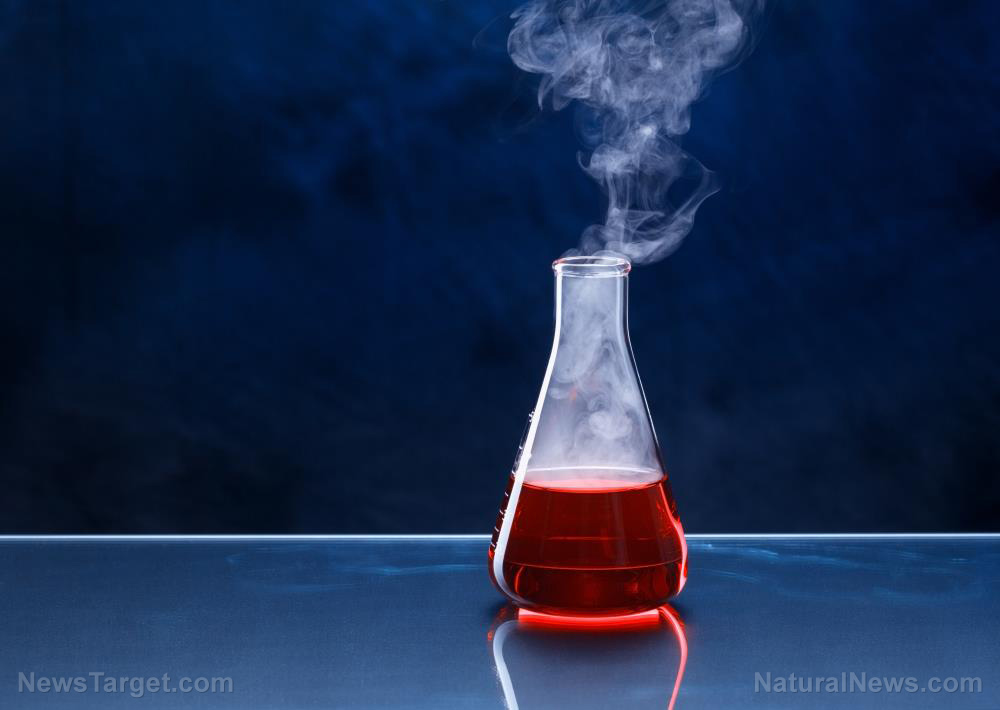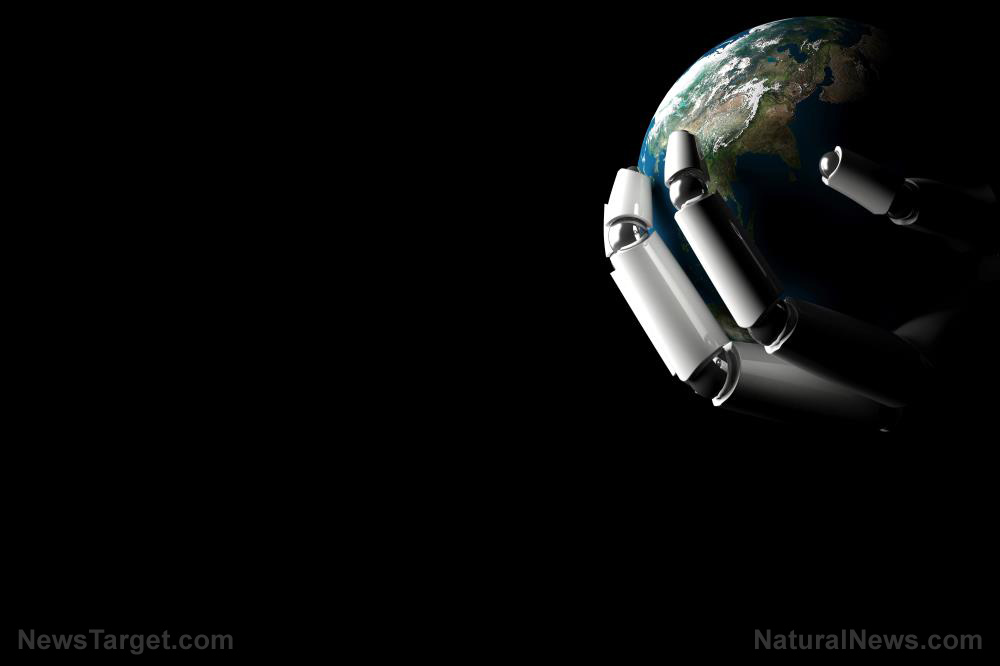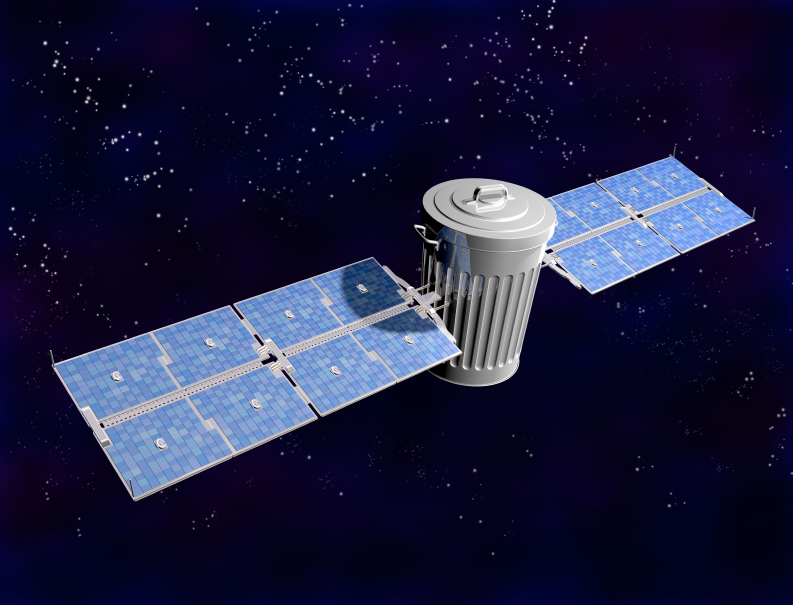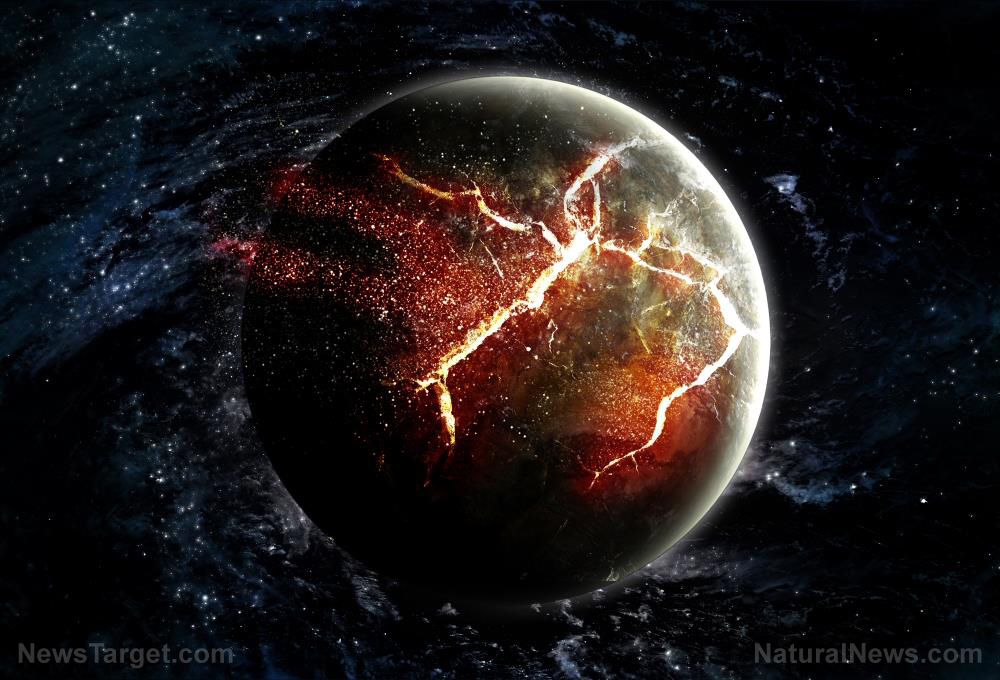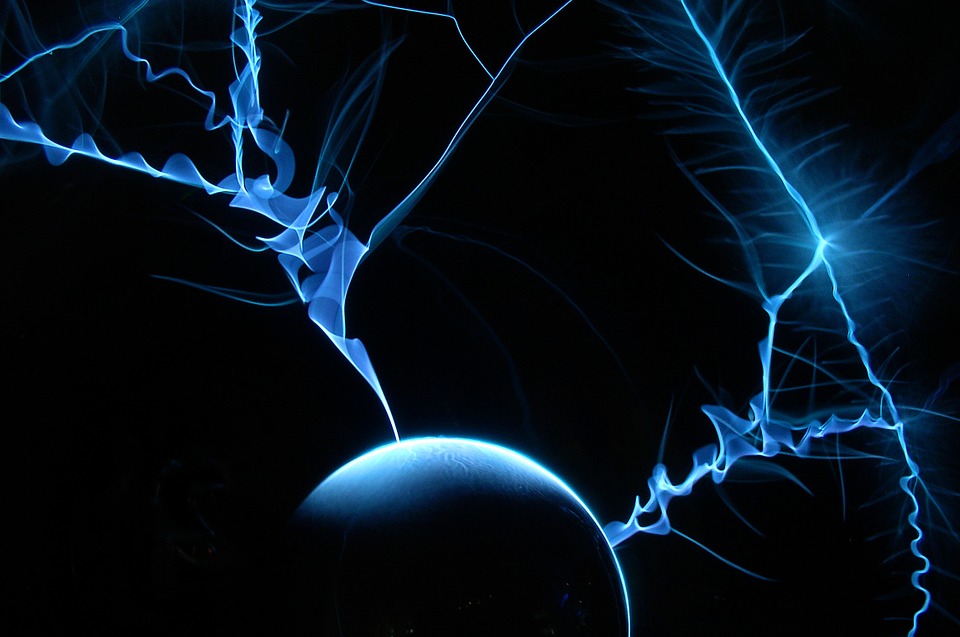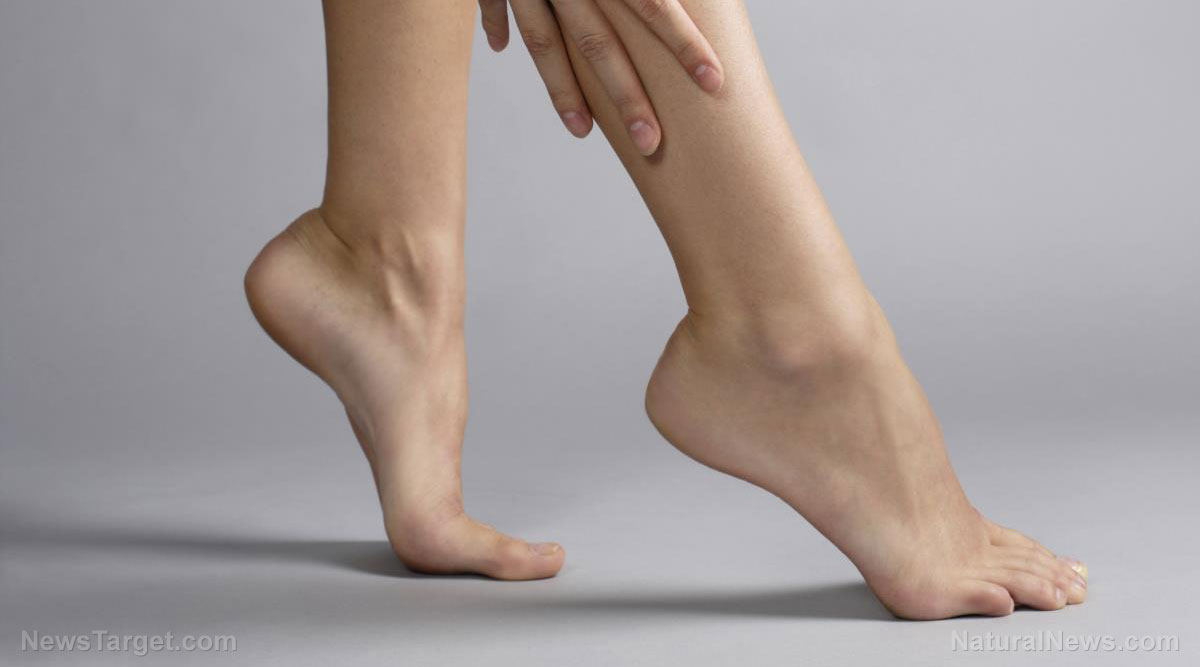Healing hearts: Scientists discover a protein that promotes the growth of small arteries that can supply oxygen to damaged heart tissues
05/06/2019 / By Edsel Cook

Researchers discovered a protein that encourages the formation of small arteries in a mice model. They believe that these newly formed arteries could help heal damage caused by cardiovascular disease and supply the heart with fresh oxygen.
Researchers from the Stanford School of Medicine were inspired to do the study after observing the different outcomes of patients with blockages in major arteries.
“Some patients have a blockage in one coronary artery and die; other patients have multiple blockages in multiple areas but can run marathons,” Dr. Joseph Woo, one of the authors of the study, said.
Woo believed that the latter have collateral arteries. These are blood vessels that circumvent blockages in the main arteries of the heart.
Collateral arteries bring oxygen to parts of the heart that are not getting enough. They have the potential to improve the health of people who are suffering from cardiovascular diseases like atherosclerosis or heart attacks. However, these arteries only appear in a small number of patients with heart problems. (Related: Malaysian fruit belimbing dayak can help lower LDL cholesterol.)
Neonatal mice can grow collateral arteries
Woo’s research team uncovered the origin of these collateral arteries. They also identified the signaling molecule responsible for promoting the development of the small arteries in adult mice.
Their study began with neonatal mice. Newly-born animals have the ability to heal any injuries sustained by their heart tissues. But once these animals reach adulthood, they lose this powerful regenerative ability.
The researchers used advanced imaging techniques to study the hearts of newborn mice and how this phenomenon happens.
They found that the ability of neonatal mice to heal cardiovascular damage can be attributed to the growth of collateral arteries. They observed how arterial endothelial cells left the artery, moved along capillaries that extended into the damaged heart tissue, and came together to form collateral arteries.
Afterwards, the researchers pondered on what caused the arterial endothelial cells to migrate and form new arteries. They settled upon CXCL12, an important signaling molecule involved in the formation of arterial cells in embryos. CXCL12 has been shown to improve the recovery and function of the heart following a heart attack.
CXCL12 can serve as a new method of healing heart injuries
The researchers investigated the possible role of CXCL12 in the formation of collateral arteries.
They found that the protein was confined to arterial endothelial cells in healthy hearts. However, in the presence of heart injuries, CXCL12 turned up in the capillaries of the injured area.
They also discovered that low levels of oxygen activated genes that expressed CXCL12. CXL12, in turn, signaled arterial endothelial cells to migrate towards the area.
In the hopes that CXCL12 could also help adult heart tissues, the researchers triggered heart attacks in adult mice and injected the injured areas with CXCL12. After 15 days, the hearts of the CXCL12-treated adult mice showed many new collateral arteries that supplied the injured areas with oxygen.
They found out, however, that adult hearts don’t form collateral arteries the way newborns do.
“We speculate that there is a whole suite of proteins that supports cell migration out of arteries and promotes cell proliferation among the injured cells,” said Kristy Red-Horse, another researcher involved in the study.
“The question now is whether this mechanism we have discovered can be manipulated therapeutically to generate collateral arteries in human patients,” said Woo.
Sources include:
Tagged Under: arterial blockage, arterial epithelial cells, arteries, atherosclerosis, blocked arteries, blood supply, capilliaries, cardiovascular disease, cardiovascular health, cell migration, collateral arteries, CXCL12, discoveries, disease treatments, heart attack, heart health, heart injuries, medical technology, new discovery, oxygen supply, prevention, research, small arteries



